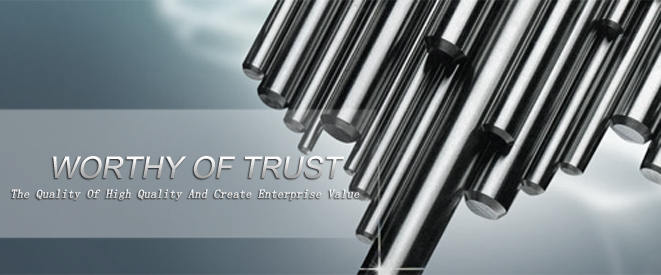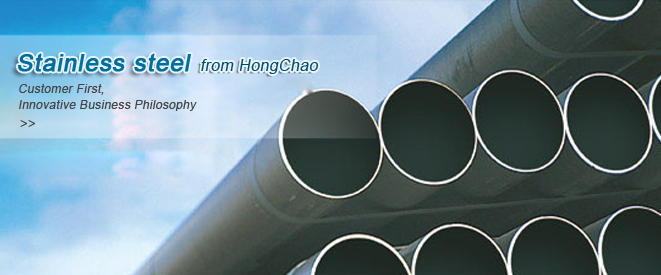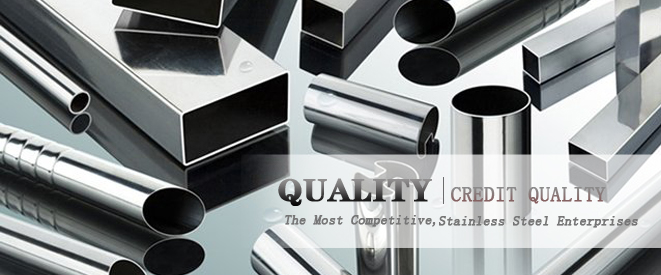The reason of knife line attack occuring
In Austenitic stainless steel such as 1Cr18Ni9Ti,Cr18Ni12M03Ti that contains stable elements, deep groove shape knife mark corrosion will occur along the fusion line direction in the overheat region of heat affected zone, under the effect of corrosive medium. The corrosion is called knife line attack. The corrosion is intergranular corrosion that the corrosion zone width is 3 ~ 5 grain at the beginning and gradually expands to 1.0 ~ 1.0 mm. The corrosion zone width relates to the overheated zone width, which depends on welding process and method factors. knife line attack a special form of weld intercrystalline corrosion, which has a close relationship with chromium carbide (M23C6) precipitation.
Austenitic stainless steel is usually in a state of solid solution, or the parent metal is in solid solution state before welding. In this steel, there are only a small amount of C become solid solution with stabilizing elements (e.g., Ti, Nb) in the matrix and most of the rest combine with Ti, Nb, becoming stable free TiC or NbC. When welding, TiC or NbC will constantly dissolve into the Austenite in overheated zone, which is a welding heat affected zone having a temperature above 1200 ℃. The higher peak temperature, longer duration, the more dissolved quantity of TiC and NbC it wil be. The C atoms which separated out from TiC or NbC, will spread into austenitic lattice clearance. At the same time, the the void of austenite somite point position will be filled with Ti or Nb. During subsequent cooling, C atoms quickly gather to the grain boundary, due to the spread ability. As a result, the C atomic concentration is significantly increased, which leads to a supersaturated state. And the Ti and Nb atoms will remain in the Austenitic lattice nodes. In the following welding sequence, sulfonated bodies, M2SCl, will separate out because the diffusion rate of chromic is faster than Ti and Nb. The MZSC6 precipitation greatly occurs in the area where TiC and NbC separates out greatly. As a result, the trend of crystal boundary corrosion is becoming worse.
It is sometimes difficult in reducing or eliminating the knife line attack which occurs in the austenitic stainless steel containing stabilizing elements when welding. But the joint design and welding sequence can be reasonable arrangement and improvement, avoiding cross weld when designing. Also, using stabilizing austenitic stainless steel material with low carbon will greatly reduce the corrosion phenomenon. Furthermore, ultra-low carbon austenitic stainless steel welding joint does not produce any corrosion phenomena. Because of this, with the improvement of smelting technology, stainless steel containing stabilizing element are being phased out gradually. Instead, the ultra low carbon stainless steel are more and more used.
- 【Hits:】 【Add:2013-03-11】 【Close】









